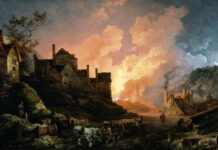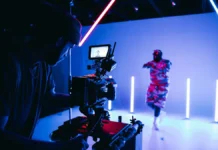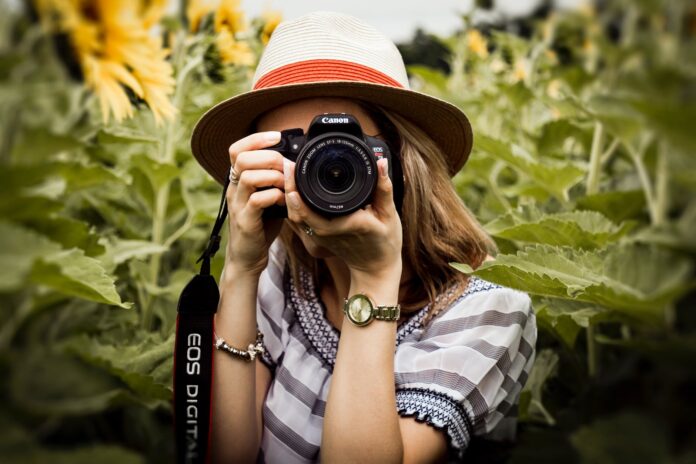
Photography, both as a hobby and a profession, has lived through many incarnations and changes. The original photography was pretty standard and utilitarian but as time went on, new technologies developed that allowed photographers to do more than just commemoration photos.
We can see this change take part as early as the first handheld cameras showed up. The evolution and change photography endured most recently is one of digital photography. Let’s see how this style of photography has impacted the whole field.
Evolution of photography
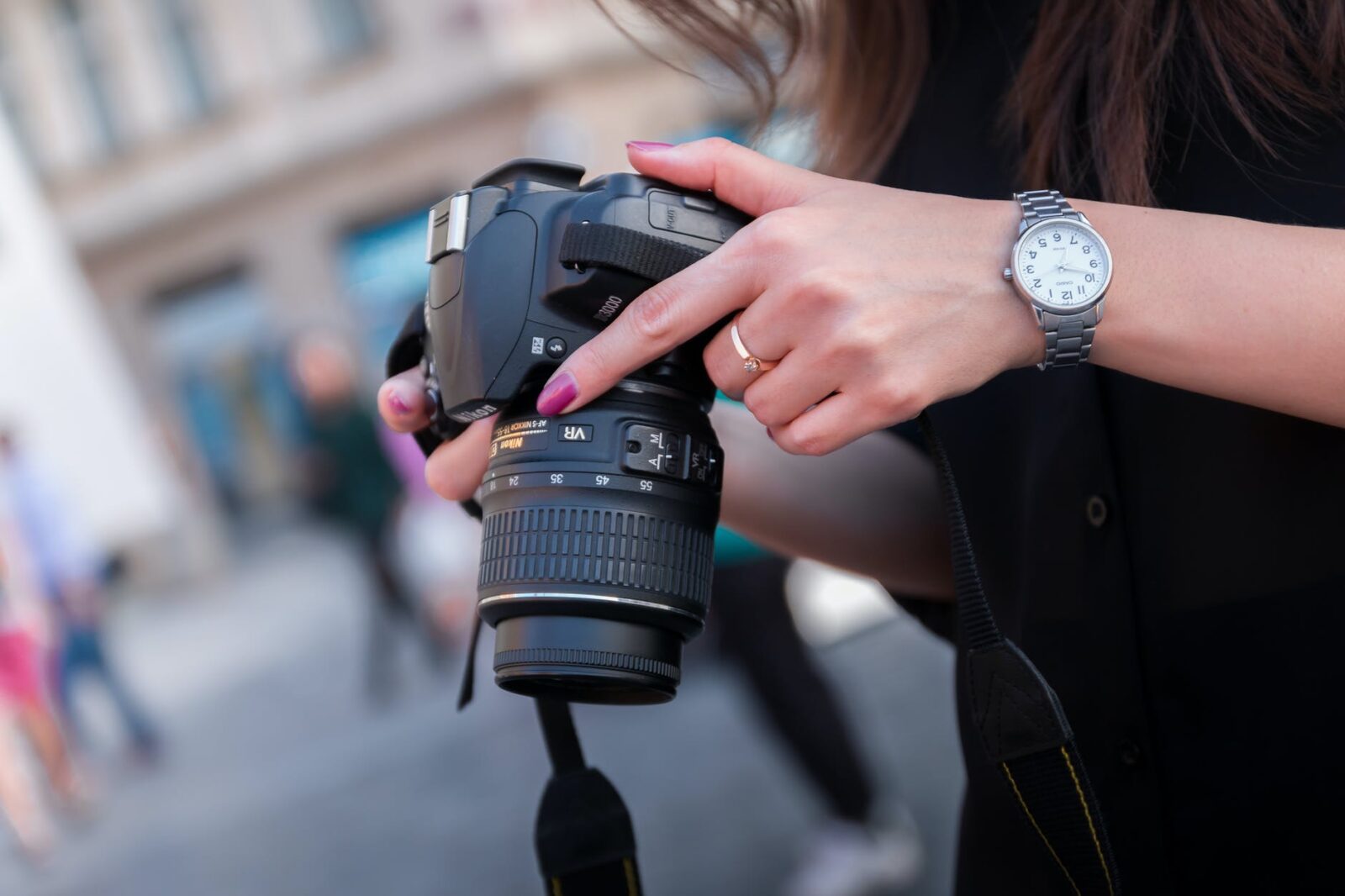
As soon as people were able to own cameras and take their own pictures, they started exploring what can be done with photography as an art form rather than exclusively reserving the act of shooting a photo for special occasions. Of course, the quality of images has been the key limiter for those seeking to pursue artistic photography. After all, the technology of the time didn’t allow it.
Even as the 20th century rolled in people were stuck with certain limitations throughout the first half of the century. Sure, the new types of cameras allowed more and more people to engage in photography. The easier access to cameras caused the whole activity to become far more widespread.
Although, the real change came during the latter part of the 20th century. While it sounds commonplace today, the most fascinating feature of this era’s cameras was their ability to take multiple photos on a single film real. Not only were these multiple photo reels a much-needed convenience, they were also far quicker to develop. This alone could be considered a huge leap especially for those people who didn’t have time to waste between shots. The ability to take multiple pictures meant taking a few shots at a temporary scene rather than one, improving the chances of a great picture.
However, it doesn’t stop there. The color made its way into regular photographs and made each photo a lot better at capturing the moment. The quality of that color could be dubious though. After all, the capabilities of the camera style they were based on were just about to be reached. Photos with bad lighting or minute details could easily be lost in these pictures. That’s where a new era of photography begins. The era of digital cameras.
Digital photography
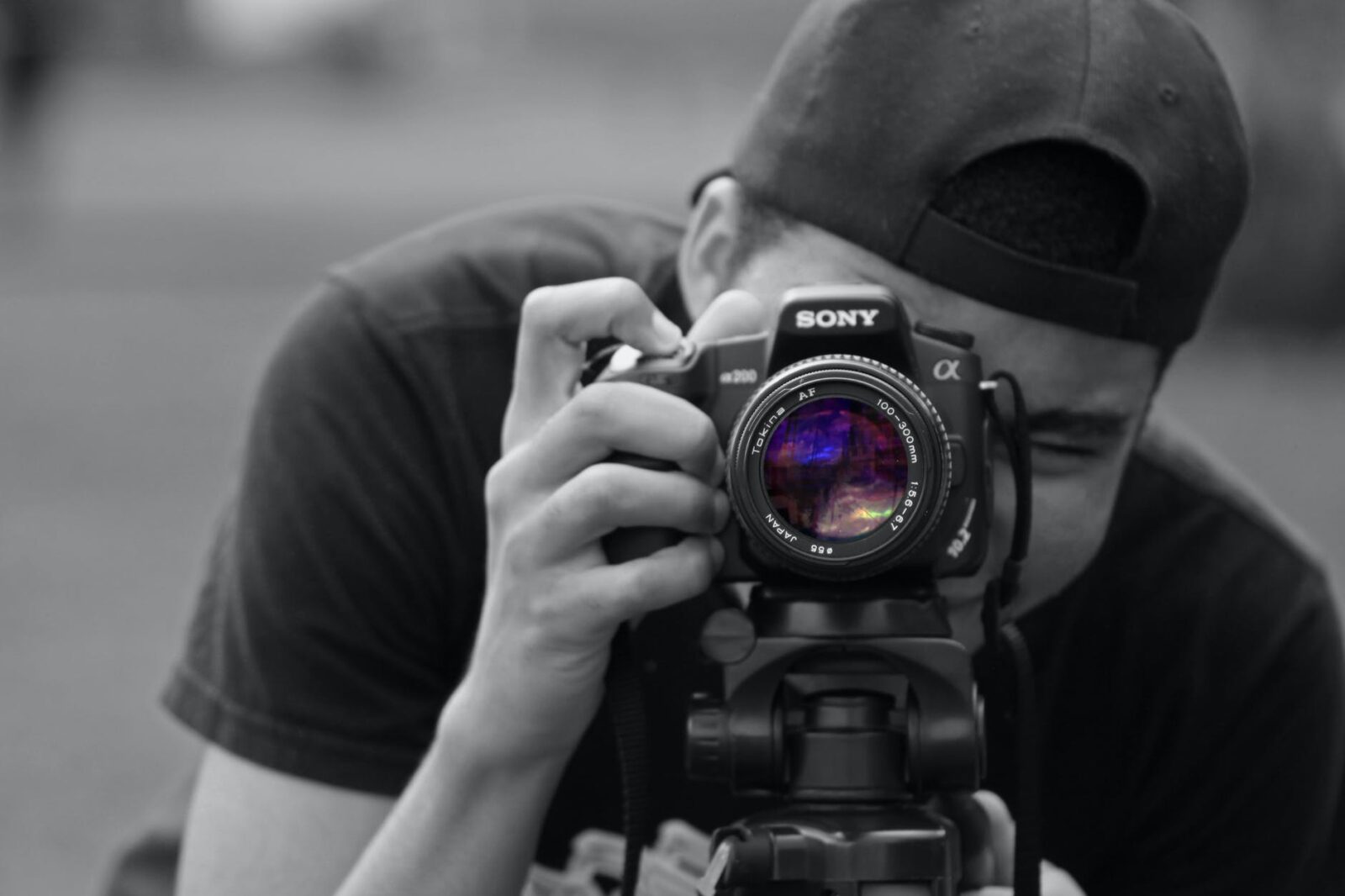
It’s hard to believe that digital cameras are a rather recent device. These cameras first appeared during mid-90s of the past century and have changed greatly ever since. The first change they brought was one of convenience. While you could quickly develop film reels, digital cameras allowed you to immediately showcase photos you’ve taken. This would allow you to quickly preview the photo and take a new one if the current photo didn’t seem good enough. That way, you could take good pictures with a few tries.
The quality of the photos digital cameras created quickly improved. Digital photography would soon surpass the previous models with their high-resolution pictures that could provide a lot more distinction between colors and lighting than the previous ones.
Digital photography brought with it the ability to digitally edit photos. This further enhanced the potential for both artistic and personal use of photography.
Along with digital photography, the internet developed and became more and more commonplace. Even before the era of popular social media, the ability of digital cameras to upload pictures on the internet proved quite useful for brands as well as individuals. You could showcase and market yourself online or compose a whole online gallery for visitors to enjoy. Even today, you can find prints on meisterdrucke for those artists you particularly enjoy.
Ability to showcase oneself
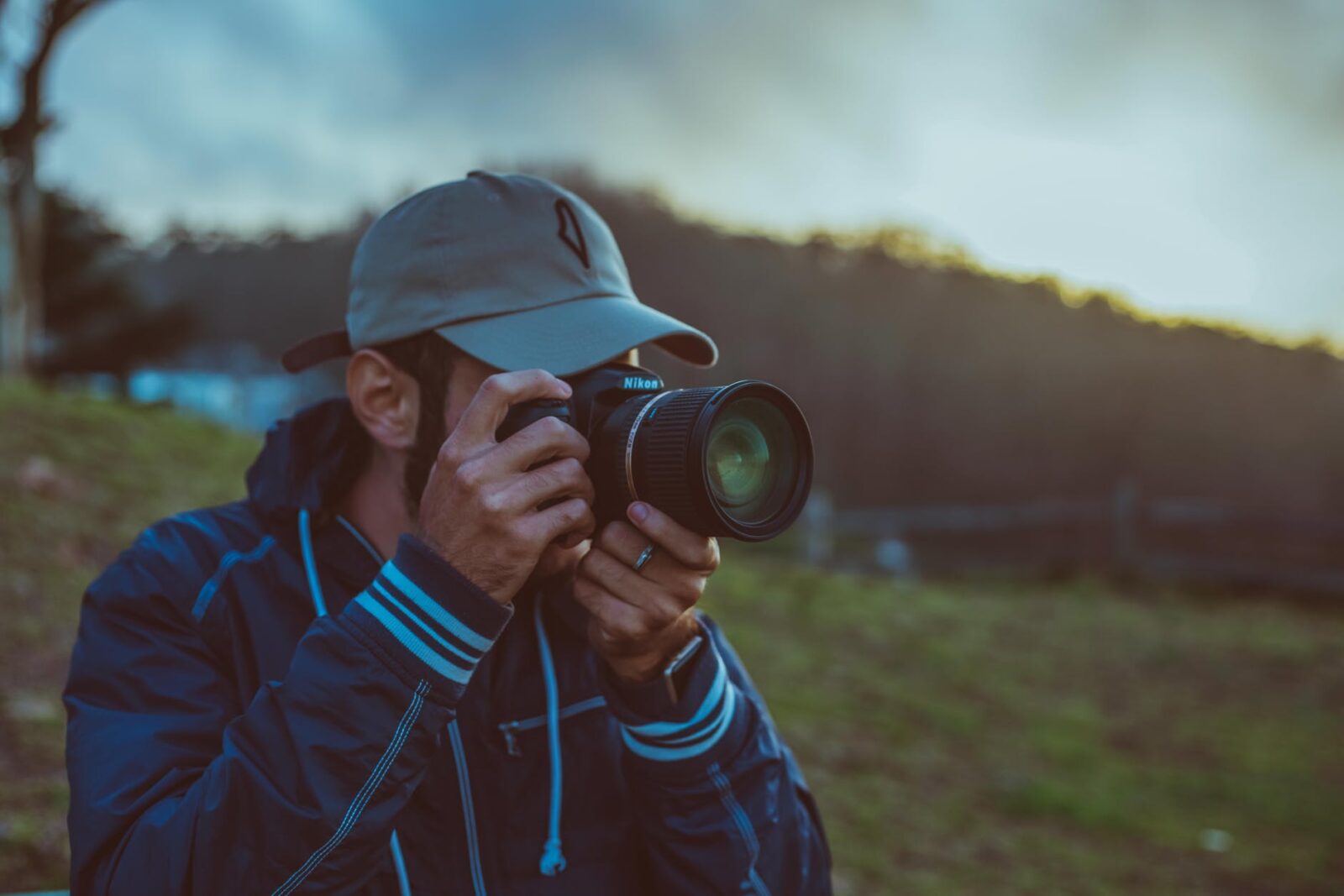
While it is partially thanks to the internet that we can showcase our work online, the importance of digital cameras in this process shouldn’t be underestimated. The simplicity with which most digital cameras, both old and new, operate when it comes to relocating photos is very useful. This means that newbie photographers don’t need to struggle much with learning appropriate software and can simply forward their pictures into whatever online location they wish. Whether it’s a forum for discussion of photography or personal storage, the photos will make it there in no time.
In our current age, more than ever, we can see the use of this feature. People can ask for advice or digitally alter their photos without bothering with roundabout ways the pre-digital cameras would require to achieve the same thing. However, the most useful part it plays in the whole artistic part of photography has to be the ease of access for newbies it generates. While a rookie photographer could ask local pros for assistance before, having your digital gallery on hand allows you to quickly forward it to anybody that could be interested in your art. Whether it’s a friend or a new acquaintance, you get a direct chance to show what you got.
After all, the key source of improvement is knowledge. Each and every hobby requires us to study and learn its intricacies to become better at generating art within it. By having this extra layer of helpful and knowledgeable people the newbie photographer will have a much easier time advancing.
Additional features breed imagination
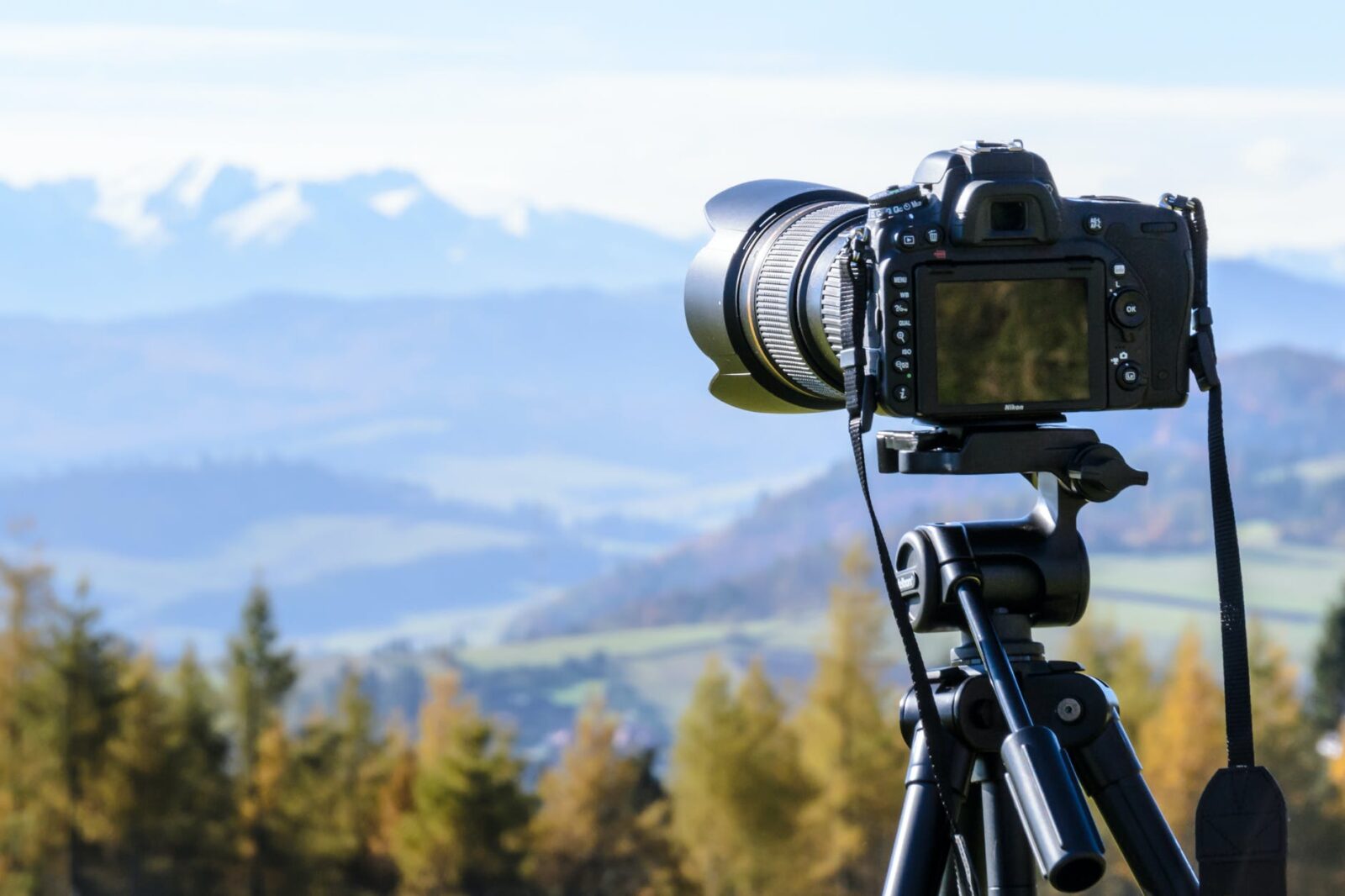
Digital photography doesn’t only boast better quality overall and the direct connection to the internet that results in better connectivity for the photographer. It also allows us to use various digital filters and styles to achieve a far different feel of the photo. While earlier some of these styles could be replicated with specific processes, nowadays they only require proper configuration of your digital camera.
These allow for mind-blowing pictures that can act as statements or pure aesthetical wonders made by a few clicks of the digital camera. Of course, for those who wish to indulge in more standard photography, these are fully optional and needn’t ever be a part of your creations.
Photographers now have access to powerful software packages designed specifically for editing images that enhance their photos even further with features like background removal tools such as free transparent background maker, color correction capabilities, cropping tools and more. Additionally, digital imaging lets you store your photos in multiple locations for safe-keeping so that your work is always secure should any disaster occur at one of your storage sites.
Conclusion
Overall, the era of digital photography has made the art of photography far more widespread and easier to get into. On top of it all, technological advancements have brought us some exquisite picture quality that can be used to create much more lifelike pictures. Additionally, we have a variety of digital effects to use in order to showcase even more impressive photographs that play with the available features of digital cameras.




